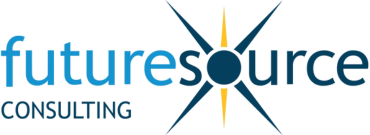During the second half of 2024, Higher Education institutions faced tightening of governmental budgets for the sector. In many markets, the reductions were reflecting declining student enrolment and birth rates. There were also heated discussions across the board about the need to increase tuition fees while there is also a need to support low-income students.
At the same time, Higher Ed sector leaders were voicing concerns that underfunding can lead to a decline in the quality of education and reduce the competitiveness of their countries, especially at the times when many governments are trying to ensure self-sufficiency in critical industries. AI tool usage and development remained relevant, with institutions increasing cooperation with industries on the variety of research and development projects that encompass a broad range of disciplines.
This report reviews the performance of the market during the second half of 2024 and assesses upcoming developments and trends that are likely to shape the Higher Education PC market during the next five years.
